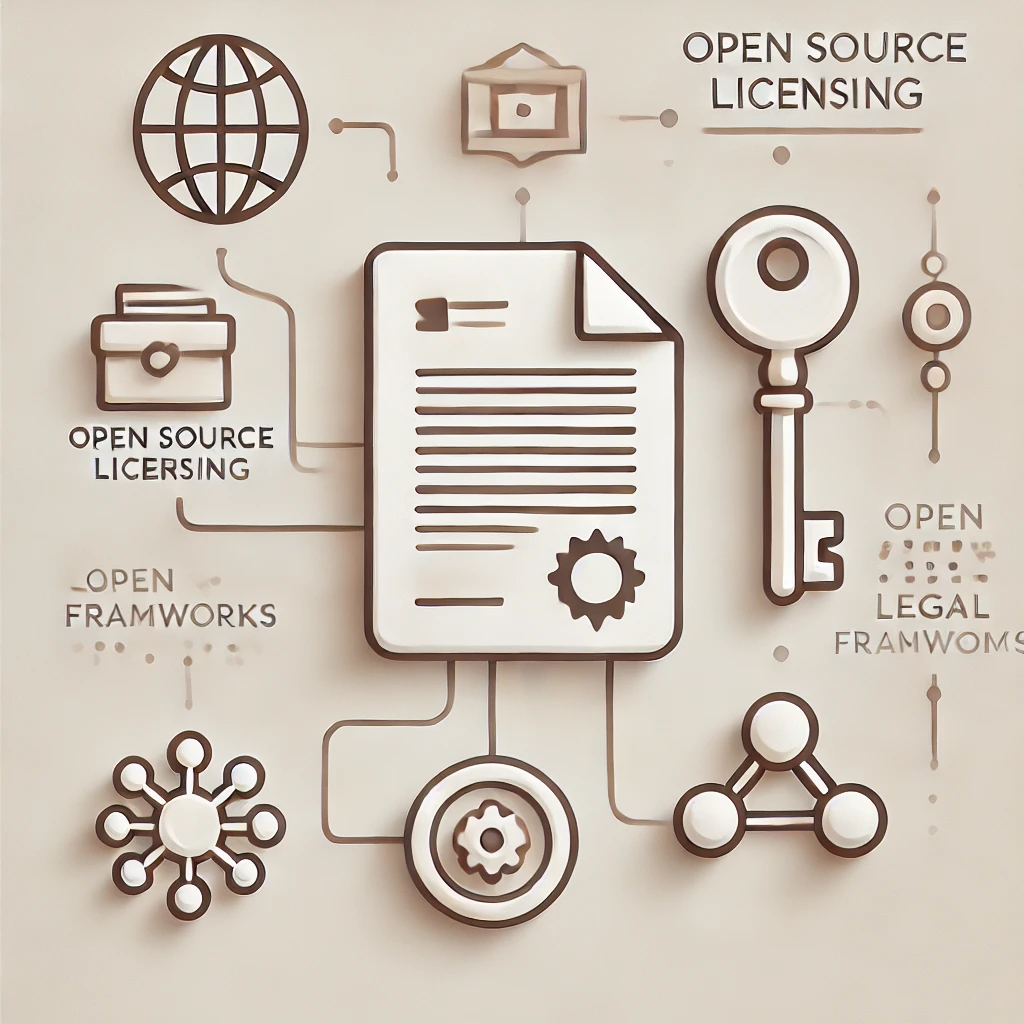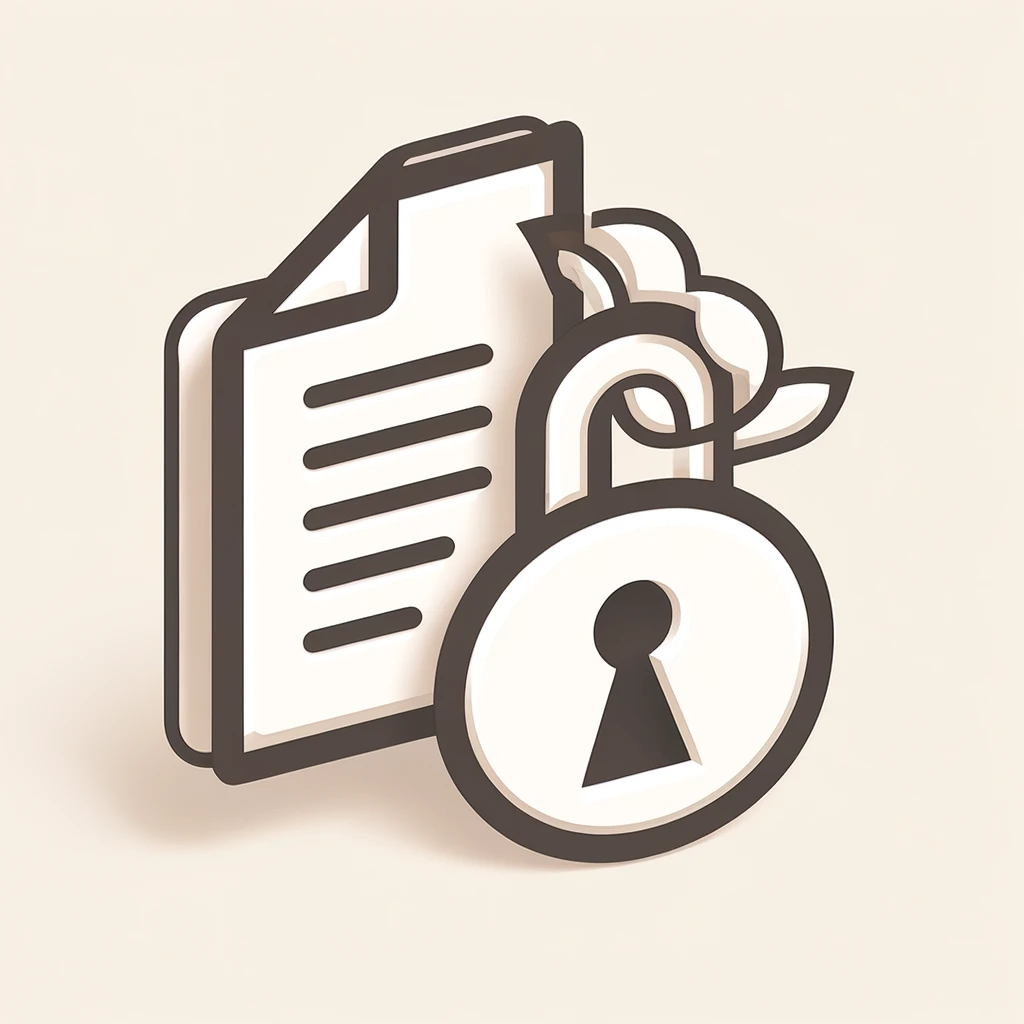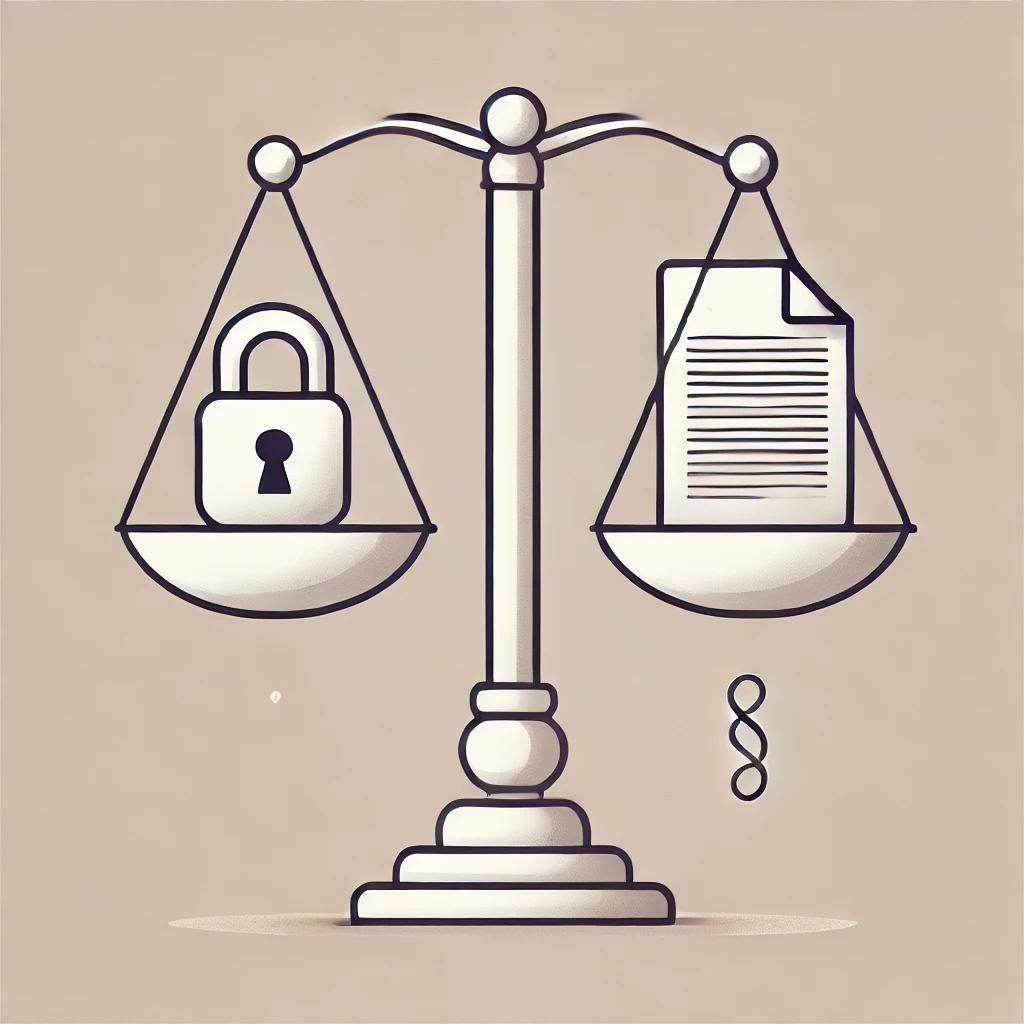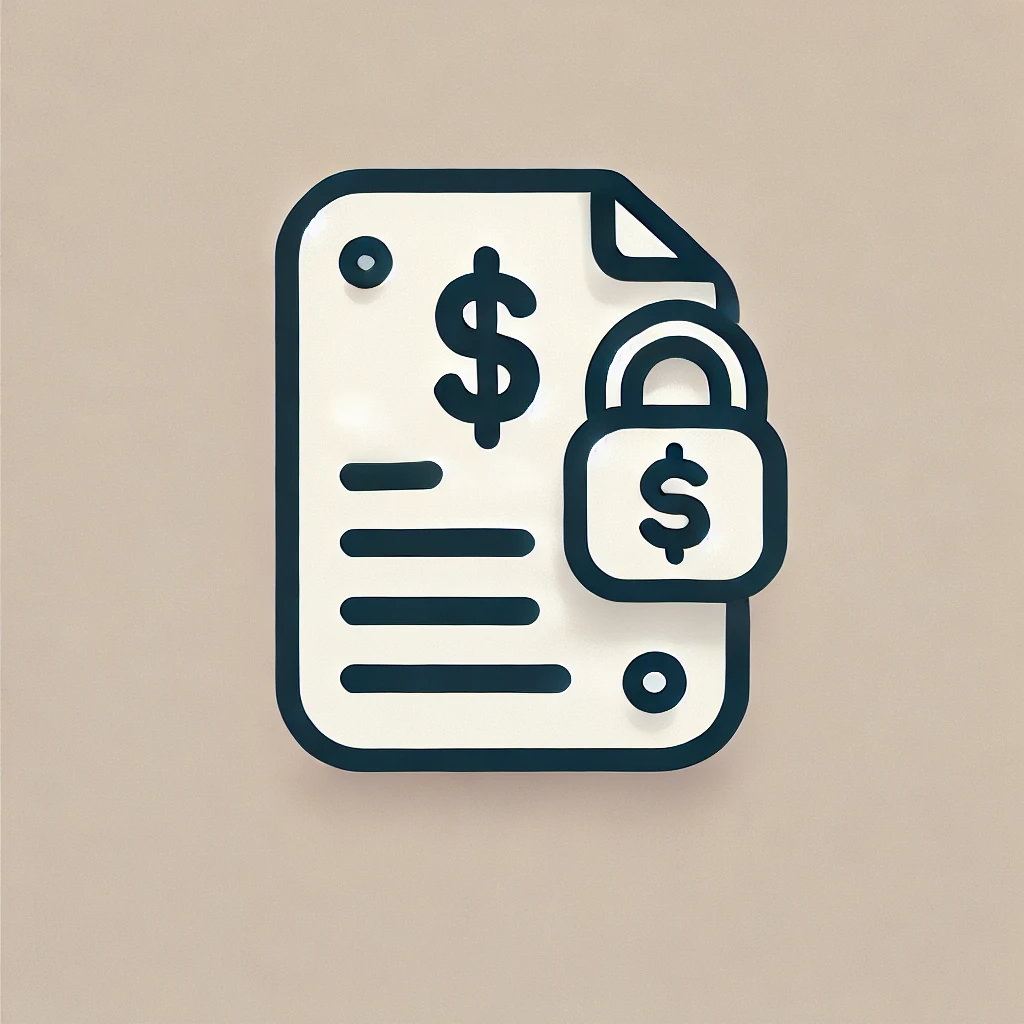Open Source Licensing
- Open-source licensing dictates how software can be used, modified, and distributed.
- Licenses like GPL ensure derivative works remain open source.
- Permissive licenses, like MIT, allow integration into proprietary software.
- Dual licensing combines open-source and commercial options.
- Understanding terms prevents compliance issues and fosters collaboration.
Open Source Licensing

Open-source licensing provides the framework that dictates how software can be used, modified, and distributed. These licenses enable collaboration, innovation, and sharing while establishing boundaries to protect the rights of creators and users.
Understanding open-source licensing is crucial for developers and businesses to avoid legal pitfalls and maximize the value of open-source software.
1. GPL vs MIT: Comparing Open Source Licenses
Two of the most widely used open-source licenses are the GNU General Public License (GPL) and the MIT License.
While both are fundamental to the open-source movement, they differ significantly regarding permissions and restrictions.
| Aspect | GPL | MIT |
|---|---|---|
| Philosophy | Strongly protective of user freedoms and community. | Permissive and simple, encouraging adoption. |
| Key Features | Requires derivative works to be open source. | Allows use in proprietary software. |
| Copyleft | Strong copyleft: Modifications must remain open. | No copyleft: No obligation to open modifications. |
| Use Case | Ideal for projects promoting open source sharing. | Suitable for libraries and tools needing wide adoption. |
Example:
- GPL: Linux is licensed under GPL, ensuring all modifications and derivative works remain open source.
- MIT: React, a JavaScript library, is licensed under MIT, allowing companies like Facebook to use it in proprietary projects without restrictions.
2. Dual Licensing Models in Open Source

Dual licensing allows the software to be distributed under two different licenses, providing flexibility for open-source and proprietary use.
How It Works
- Open Source License: Provides free access to source code under a permissive or copyleft license.
- Commercial License: Offers proprietary terms for businesses requiring additional rights or support.
Benefits
- Revenue Generation: Allows developers to monetize their software by offering a commercial license.
- Broad Adoption: Encourages open-source contributions while catering to businesses with proprietary needs.
- Flexibility: Provides organizations with options to choose the license that aligns with their use case.
Example:
MySQL uses dual licensing:
- The GPL version allows open-source use.
- The commercial version is available for companies that want to integrate MySQL into proprietary software without adhering to the GPL’s copyright requirements.
3. Risks and Benefits of Open Source Licensing

Benefits
- Collaboration and Innovation: Open source licenses foster community contributions and rapid development.
- Cost Savings: Free access to software reduces development costs.
- Transparency: Open source code promotes trust and security through public scrutiny.
- Flexibility: Allows customization to meet specific business needs.
Risks
- License Compliance: Misunderstanding terms can lead to legal liabilities.
- Copyleft Obligations: Strict licenses like GPL require derivative works to remain open source, which may not align with business goals.
- Security Concerns: Publicly available code may be exploited if not regularly maintained.
- Intellectual Property (IP) Issues: Improper use of open-source software can lead to IP disputes.
Mitigation Strategies:
- Conduct regular audits to ensure compliance.
- Use tools like Black Duck or FOSSA to track open-source dependencies.
- Educate teams on open-source licensing requirements.
4. Open Source Licensing for Commercial Use

Open-source software can be used commercially, but businesses must carefully navigate licensing terms to avoid compliance issues.
Key Considerations for Commercial Use
- Permissive Licenses: Licenses like MIT or Apache allow integration into proprietary software with minimal restrictions.
- Copyleft Licenses: Licenses like GPL require derivative works to remain open source, potentially conflicting with proprietary goals.
- Attribution: Many licenses require acknowledgment of the original author in derivative works.
Best Practices
- License Review: Evaluate the compatibility of open-source licenses with business goals.
- Internal Policy Development: Create guidelines for using open-source software in commercial products.
- Seek Legal Advice: Consult with software licensing experts to ensure compliance.
Example:
A startup integrates an MIT-licensed library into its proprietary app, ensuring attribution while maintaining closed-source status.
5. Top Open Source Licenses and Their Uses
There are dozens of open-source licenses, but some have emerged as industry standards.
| License | Key Features | Common Uses |
|---|---|---|
| MIT License | Permissive, allows proprietary use. | Libraries, tools, and frameworks. |
| GNU GPL | Permissive includes patent protection. | Operating systems, community-driven projects. |
| Apache 2.0 | Permissive, similar to MIT, but with stricter attribution. | Cloud services, distributed systems. |
| BSD License | Permissive, similar to MIT but with stricter attribution. | Networking tools and academic software. |
| Eclipse Public License | Weak copyleft, suitable for modular software. | IDEs, plugins, and development tools. |
Examples:
- MIT: React (Facebook).
- GPL: WordPress.
- Apache 2.0: Hadoop.
- BSD: OpenSSH.
- Eclipse Public License: Eclipse IDE.
FAQ: Open Source Licensing
What is open-source licensing?
Open source licensing defines the terms software can be used, modified, and shared, promoting collaboration and innovation.
What are the main types of open-source licenses?
The two main types are permissive licenses (e.g., MIT, Apache) and copyleft licenses (e.g., GPL).
What is the difference between permissive and copyleft licenses?
Permissive licenses allow proprietary use with minimal restrictions, while copyleft licenses require derivative works to remain open source.
Can I use open-source software for commercial purposes?
Yes, most open-source licenses permit commercial use, but compliance with license terms, such as attribution, is essential.
What is dual licensing in open source?
Dual licensing offers software under both open-source and commercial licenses, providing flexibility for different use cases.
Why is license compliance important?
Non-compliance can lead to legal risks, including fines or restrictions on distributing derivative works.
What tools can help manage open-source compliance?
Tools like FOSSA and Black Duck help track open-source dependencies and ensure license compliance.
What does attribution mean in open-source licenses?
Attribution requires crediting the original authors of the software in derivative works or redistributed code.
What is the GPL license, and when is it used?
The GPL (General Public License) is a copyleft license requiring derivative works to be open source. It’s used in community-driven projects like Linux.
What is the MIT license, and why is it popular?
The MIT license is permissive and allows broad use, modification, and distribution, making it popular for libraries and tools.
How does Apache 2.0 differ from MIT?
Apache 2.0 is permissive like MIT but includes additional protections, such as patent grants, making it ideal for enterprise use.
Can I modify open-source software?
Yes, most open-source licenses allow modification, but copyleft licenses may require you to distribute changes under the same license.
What industries benefit most from open-source licensing?
Open source benefits industries like technology, healthcare, and finance by reducing costs, fostering innovation, and improving collaboration.
What risks are associated with open-source licenses?
Risks include non-compliance, intellectual property disputes, and security vulnerabilities in publicly available code.
How do I choose the right license for my project?
Consider your goals: use permissive licenses for wide adoption or copyleft licenses for community-driven contributions and open-source preservation.